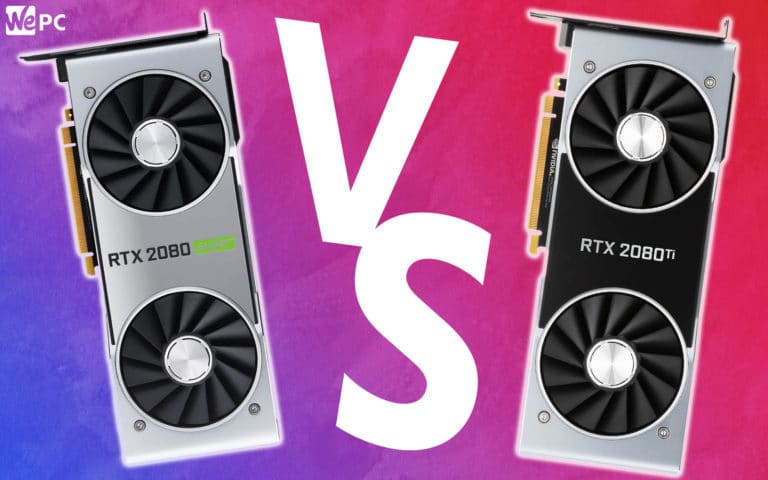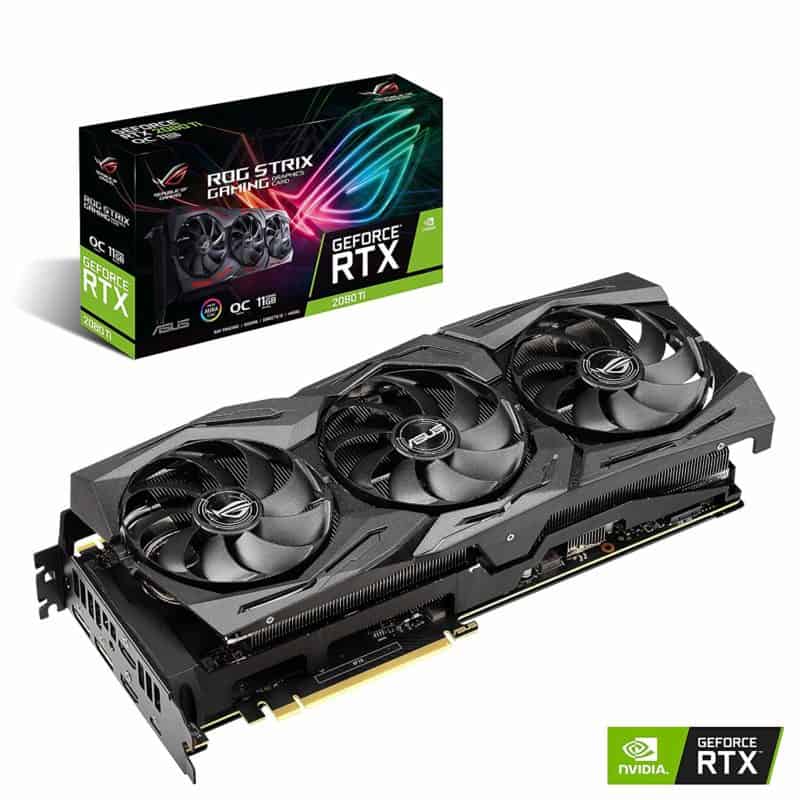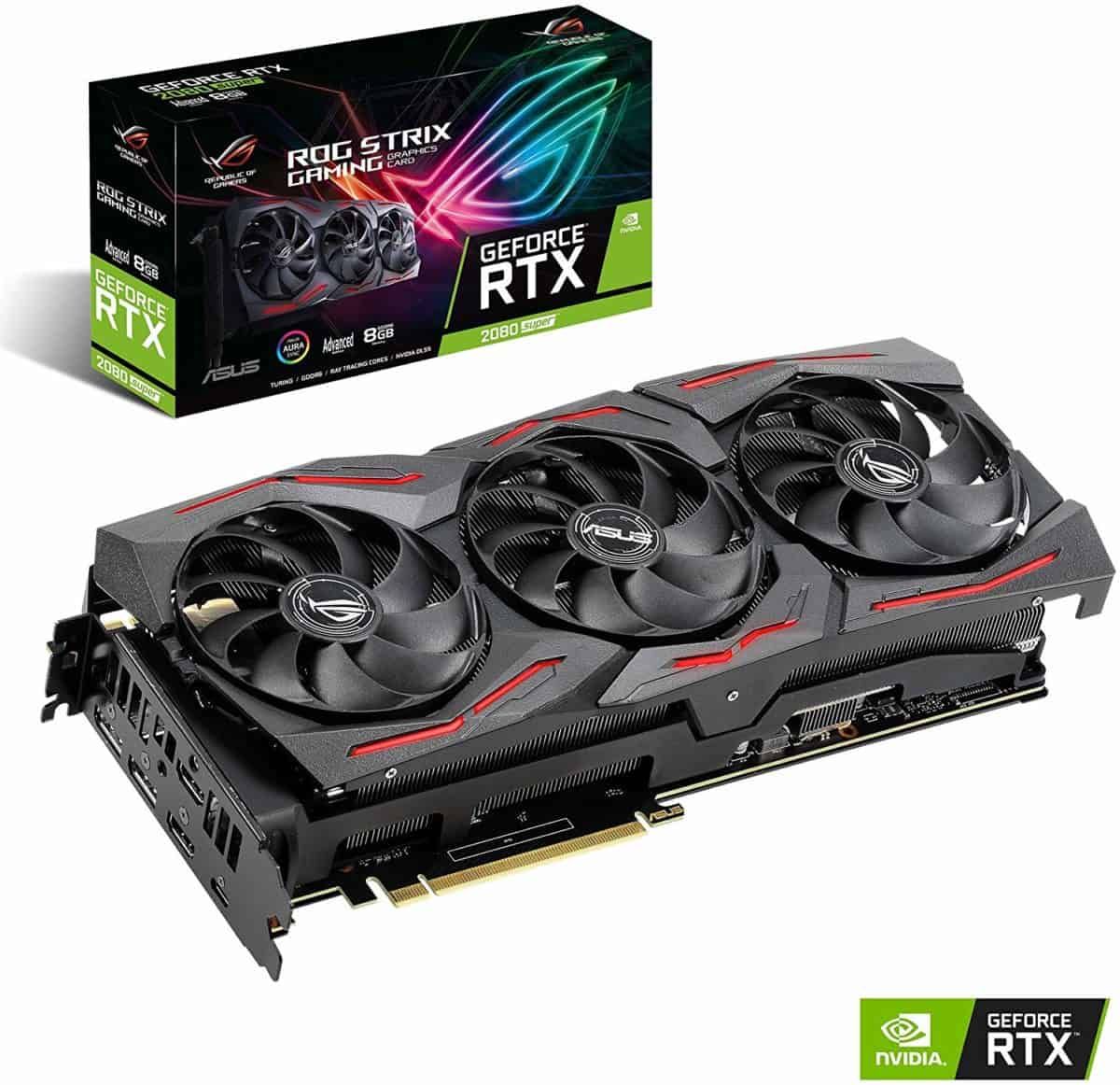2080 Super vs 2080 Ti
In this piece, we examine two Nvidia graphics cards, the 2080 Super and the 2080 Ti

Nvidia 2080 Super Vs 2080 Ti
In this article, we will be comparing the performance of two Nvidia GPUs, the 2080 Super and the 2080 Ti.
We’ll compare their specifications and performance metrics to give you a definitive look at which delivers higher FPS in the latest releases, and which resolutions work best with each card. Other specifications, including their dimensions, their cooling capacity, the VRAM in each, and the whole architecture behind them, will also come into play.
Different Strokes
The 2080 Super is an extension of recently refreshed versions of the 2060 and 2070 which sits exactly where its predecessor card, the standard 2080, did.
In addition, the 2080 Super offers around 30% faster effective speed than the really-not-that-old 1080 Ti, but it might struggle to find commercial success because it’s priced towards the top end – and because the 1080 Ti is still giving excellent service without you needing to sell off a kidney for smooth gameplay.
Architecture
Let’s take a look at what we’re dealing with ‘under the hood’ of these two GPUS.
2080 Super
- Base Clock – 1650MHz
- Boost Clock – 1860MHz
2080-Ti
- Base Clock – 1350MHz
- Boost Clock – 1650MHz
Both GPUs are based on the new Nvidia Turing architecture. As such, these are brother-units, more united by their common features of their architecture than divided by tweaks.
Key to the Turing architecture is its use of dedicated cores for different jobs. It uses Tensor cores to deliver AI, which cuts down GPU workload when dealing with hardcore machine learning. It also uses RT cores to deal with ray tracing, meaning it will give you distinctly more realistic images than you’re used to.
At least, it will when lots of game designers come on board to use it. At the moment, that’s a revolution that has yet to happen. Where the architecture is already blowing minds and popping heads is in the use of Turing NVENC, meaning casual streamers don’t need a dedicated stream PC.
Cooling
Cooling is particularly important if you’re planning to overclock your GPU!
The 2080 Super kicks in with a dual axial open-air cooler that should at least keep your noise levels down at first – in stress-test conditions, it never reaches over 75 degrees. If you want to upgrade to liquid-cooling at some stage, you can shave 10 or even 20 degrees off that, but there’s not a huge amount of ‘headroom’ to overclock the Super in any case, so whether it’s worth your while (or the cost) is debatable.
The 2080 Ti has the same cooling fans and gives you comparable results out of the box – cooling to around the 75-degree mark during stress-tests. Water-cooling the 2080 Ti likewise cuts up to 20 degrees off the running temperature.
The difference with the 2080 Ti is that it has a higher scope for overclocking, meaning you can push it further from broadly similar cooling results.
Dimensions
When you buy a GPU, make sure it’s the right size for your PC build, or your friends will never let you live it down.
2080 Super
- Length – 10.5”
- Width – Dual slot
2080-Ti
- Length: 10.5”
- Width – Dual slot
Size-wise, there’s nothing to choose between the 2080 Super and the 2080 Ti. 10.5” is the standard for the 2080 range, and that should give you no problem unless you’re setting your heart on a mini-rig.
In terms of power connectors, the 2080 Super takes a six-pin and an eight-pin, whereas the Ti takes 2x eight-pins.
Resolutions/FPS
If there’s a bottom line for graphics cards, it’s resolution/fps. It will be no surprise that the pricier 2080-Ti takes the prizes.
Overall effective 3D speed for the 2020 Super is 138%, where the 2080 Ti strolls in and blows it away with 176%, prior even to any overclocking.
On lighting effects, multi-rendering, and NBody calculation, the Ti casually cruises past its cheaper sibling, often giving more than 20% extra effective speed, and in some areas, over 30%.
Once you overclock both processors, the Ti begins to pull away even further, having the space to make effective use of its overclocking. Then it can deliver 46% faster NBody calculation over the 2080 Super.
When you apply the fps to specific games though, the potential advantage of the Ti shrinks to a barely noticeable level, because games currently on the market haven’t had enough time in development to really utilize the improvements. In Fortnite, for instance, the 2080 Super gets you an fps rate of 185, where the Ti gets you just 197. In GTA V, the Super gets you 121 fps, and the Ti just 140.
There’s enormous potential waiting to be unlocked in the Ti. But it needs the rest of the gaming world to catch up and make use of it before it can justify its wince-making price tag compared to the Super on fps and resolution. That said, while both cards give you a gateway to 4K gaming, the Ti will be the way to go…eventually.
Ray Tracing
Again, when it comes to ray tracing, both GPUs can kick your gaming experience up a notch. The Super brings higher-level ray tracing to the 2080 series with its RT cores and Turing architecture, so it can certainly deliver you impressive results right now – where the games exist to make use of it. Its higher overall fps and resolution scores though, coupled with the RT cores, will give the Ti even better results down the line, when game designers have pushed their visions to use specialized RT cores to their peak efficiency.
With these GPUs, when it comes to ray tracing, it really is a question of whether you want impressive results now but a limited future(Super), or futureproofed ray tracing eventually, for an extra chunk of cash here and now, which you might not get back (Ti).
VRAM
We don’t need to explain VRAM to you. To game at 1080p resolution, you’re going to need a minimum of 8GB.
The 2080 Super comes with that minimum 8GB, but it has a clever trick up its electrical sleeve. With a 256-bit memory bus specifically for the card, it allows you some wiggle room on what 8GB can actually deliver on screen.
That said, it’s not in the same league as the Ti, which strolls into town with 11GB of VRAM waiting to be deployed. And a 352-bit memory bus too.
In terms of memory clock though, there’s a slightly different story to be told:
2080 Super
- 15.5Gbps GDDR6
2080-Ti
- 14Gbps GDDR6
Conclusion
Between the 2080 Super and the 2080 Ti neither is an especially mind-boggling value proposition right now.
If you’re going for the Super, you could be almost as well served with a 2070 Super (though you’d lose around 17% effective speed), for significantly less money.
If you’re going for the Ti, you’re buying a GPU that’s overpowered for the current market, and one that will probably have to come down in price to stimulate use and growth. Unless you have the cash to throw around, it feels at first like the Super is the way to go. But if your eye is thrifty, the Ti could give you a lot more futureproofing for your GPU dollar.






